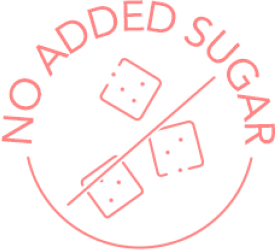Seed Cycling: Everything you need to know

What is seed cycling?
Seed cycling is a gentle yet effective way to naturally balance hormones by regulating the estrogen hormone in the first half of your menstrual cycle and the progesterone in the second half.
Benefits of seed cycling:
- regulate periods
- relieve PMS symptoms
- manage PCOS symptoms
- improve thyroid hormone levels
- weight loss
- promotes hair growth
- menstrual cramps
- anovulation
- manages stress
- fights insomnia
Seed cycling can be used at any stage of a woman's life.
How to seed cycle?
- The follicular phase lasts from day 1 to 14 (menstruation to ovulation), and this when your body is producing estrogen. During this phase, we recommend eating flaxseed and pumpkin seeds (1 tablespoon daily), which are rich in phytoestrogens, naturally-occurring form of estrogen.
- The luteal phase lasts from day 15 to 28 (ovulation to menstruation), and during this phase your progesterone levels steadily increase (until your flow starts). It is beneficial to eat sunflower and sesame seeds (1 tablespoon daily) during this time as the high levels of zinc in sesame seeds and vitamin E in sunflower seeds promote progesterone production.
Best way to consume these seeds?
- It’s best to use raw (unroasted, unsalted) seeds to ensure they have all of their nutrients intact.
- Grind the seeds (especially flax and sesame). This makes digestion easy.
How long does it take for seed cycling to show benefits?
Seed cycling may take at least three months of daily use to start noticing the benefits provided you maintain a healthy lifestyle.
Sneaky ways to incorporate seeds in your routine
- Add to milkshakes/smoothies/oatmeal/ yogurt
- Salad dressings
- Sprinkle on toast
- Make granola bars/energy balls






